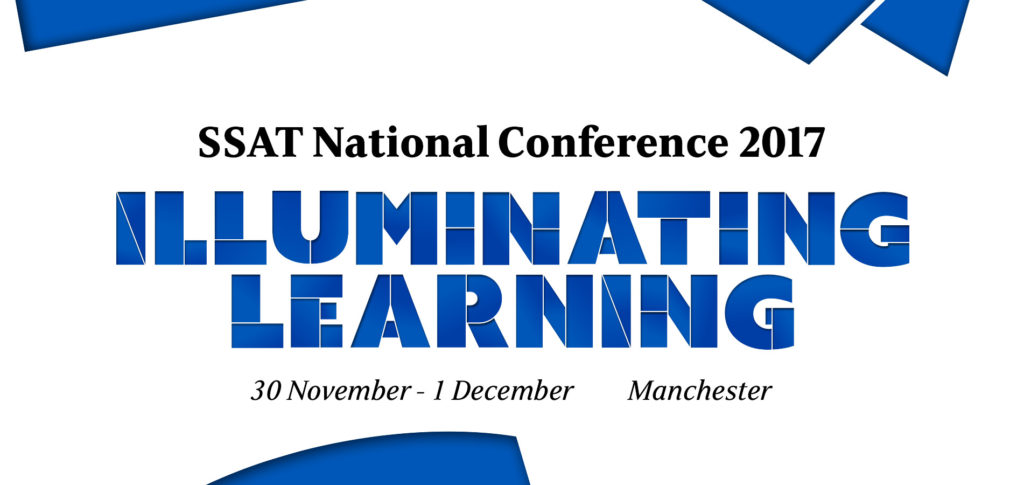 Leadership coach and former headteacher Diana Osagie gives examples of her approach.
Leadership coach and former headteacher Diana Osagie gives examples of her approach.
Becoming a courageous leader takes time, Osagie concedes. ‘You can be in leadership for many years and have only just started your courageous chapter. Some leaders never take the time to develop this aspect of leading their community; but once your role involves leading others it is important that you can lead with integrity and courage.’
Formerly, as a headteacher for six years in a school in Islington, London, with many students with EAL and poverty factors, she says ‘we were seriously into creativity in the curriculum. All our kids did the humanities, a language, and an art subject.
‘Then along came STEM and the Ebacc; creativity was no longer fashionable. Should we abandon our vision? No. We pushed forward with what we were doing. Some people said to me, “you can’t do this, Diana.” I responded: “Look at that girl. She has taken off her hijab and is dancing in the ballet class. Later, she‘ll come downstairs to do science, etc, as well.”
‘The governing body was behind it, they agreed – but they also said, “don’t let the results drop! There are no excuses.” So we kept the creative curriculum, but also put effort into the STEM subjects, meeting the government’s targets but more importantly giving our young people a broad, creative education.’
She believes this experience illustrates a key lesson: beware of making permanent decisions based on temporary circumstances. She finds it amusing that when she did her NPQH over a decade ago, it devoted just one afternoon to teaching about ‘vision’. In fact, she insists, vision is one of school leaders’ most important qualities.
The toughest decisions
Often, school leaders’ toughest decisions are in dealing with mediocrity among staff members. ‘Some teachers defend their poor results by saying, “for kids like this, that’s good”. No it isn’t. I told these teachers, where can you put your hand to the plough? [If this isn’t working, where can you contribute?] Most will respond to the challenge, and stay; some will leave.
‘There are lots of emotional ups and downs. Below the surface, your legs can be paddling like mad, but your mind must be still, not flapping. For this to happen, you need emotional support, mentoring or whatever.’ Based on her experience, she runs workshops designed for school leaders ‘to invigorate their leadership journey with a healthy dose of courage and tenacity.’
Diana Osagie is a keynote speaker on Thursday morning. Read more in the NC17 blog series:
- The Chartered College of Teaching: on the cusp of change for the profession
- How a frustrated teacher became an expert in educational psychology
Book your place at SSAT National Conference 2017: Illumination learning.


Emma Cairns on said:
STEAM has allowed us to show how creative and diverse thinking and the challenging of concepts through the Arts fits naturally into STEM subject areas. Our STEAM projects have revived the KS3 curriculum through creativity, so all can be engaged, enriched and excel within the curriculum. Glad to hear there are other leaders out there who are passionate about their vision for a broad and balanced curriculum.